Buying a home is one of the most significant financial decisions you’ll ever make, but the process...
Classic Garden Features: Gazebos, Arbors & Pergola Designs
These classic garden features combine beauty and function.
So what's the difference between them?
Quick! Identify that outdoor structure. Is it a pergola, a gazebo, an arbor?
The cultivated landscape isn’t just about what we grow — it’s also about the beautiful and functional things we build. Among the most common of these are the three named above. All will support climbing plants. One has a roof. Do you know what’s what?
Gazebos
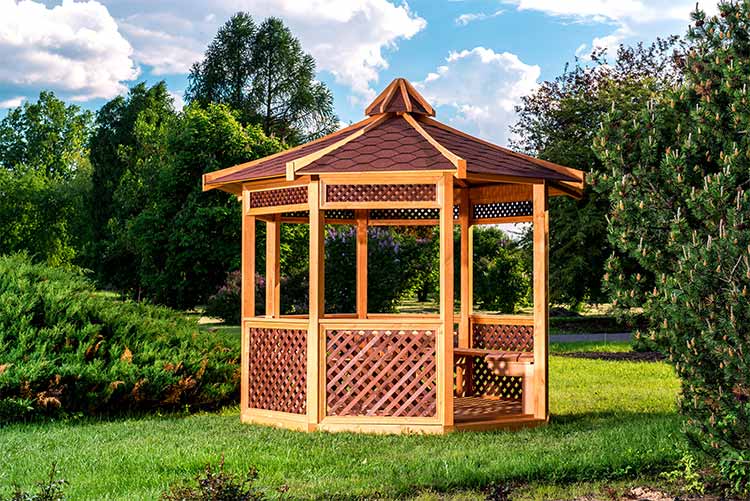
If shelter from rain is your goal, make a run for the gazebo. When built as a permanent feature, these open-sided structures are traditionally octagonal, hexagonal or round and have a roof that slopes upward to a point. Gazebos range in style from simple to elaborate, even positively Victorian. Many parks feature one set like a jewel in the landscape.
Ready-made gazebos tend to be square or rectangular, with a metal framework and a tent-like fabric top. Available at home-improvement and discount stores, these gazebos offer a relatively easy, affordable way to create a sheltered outdoor room.
Pergolas
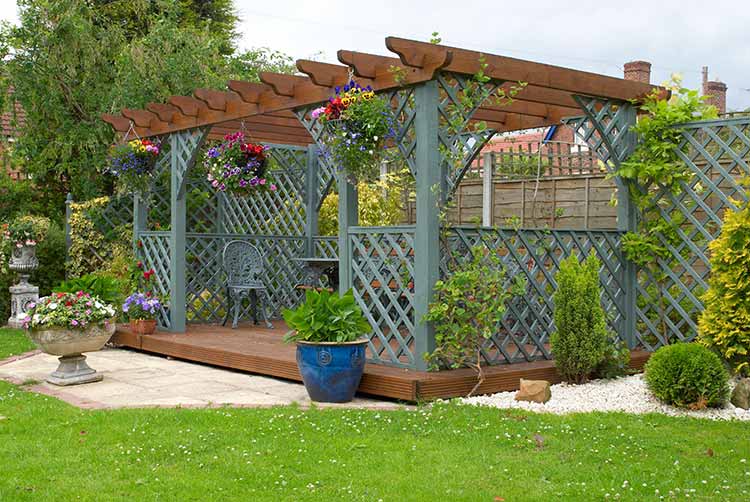
Pergolas are popular patio features, especially near pools. Structurally, a pergola designs is a square or rectangular framework of upright posts topped by crossbeams. It’s usually made of wood. Lacking a solid roof, classic pergolas offer little protection from rain but can support climbing plants that supply shade. They are also well-suited for standing around and looking pretty, and can strike a note that’s rustic or formal.
Arbors
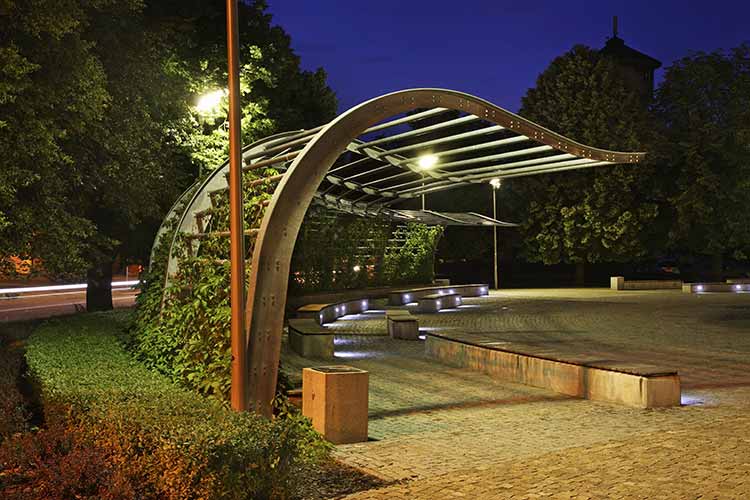
“Arbor” often refers to a small, pergola-like structure over a pathway, gate or bench, but the term can be used more loosely to refer to any leafy alcove. The common garden structure has latticed sides reaching up to an open-framed arch or angular top. It is usually made of wood or metal. Arbors can serve as accents or as transitions from one part of a yard to another. For the perfect fairytale landscape, grow climbing roses up and over an arbor.
Invite a vine to climb up
Create a cool, green screen on a pergola or arbor by planting climbing vines, roses or other plants. Growing up the sides and over the top, they’ll provide dappled shade and a little romance.
Before planting, think about the effect you want to achieve and know the growth habits of your choices. Some climbers use aerial roots that act as suckers to draw the plant upwards. Others send out tendrils to wind around posts or through lattice. You may need to provide wires or string to guide young plants. Once they get going, they’ll find the way up unaided. Be sure your structure can support the weight of the vegetation – no one wants a shady reverie interrupted by a collapse.
For a sure-fire grower, pick a climbing plant native to your area. Non-natives can be invasive, spreading uninvited into other areas of the landscape.
The popular, traditional choices for pergolas and arbors include:
Climbing roses
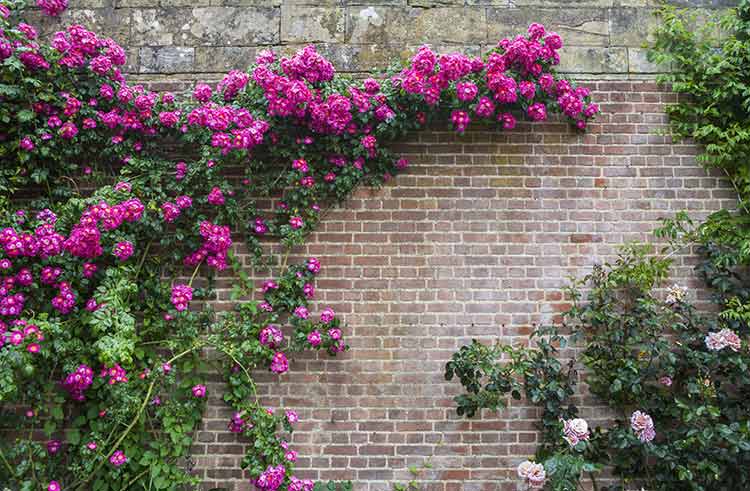
This is the choice if you want old-fashioned visual appeal with the added bonus of fragrance.
Wisteria
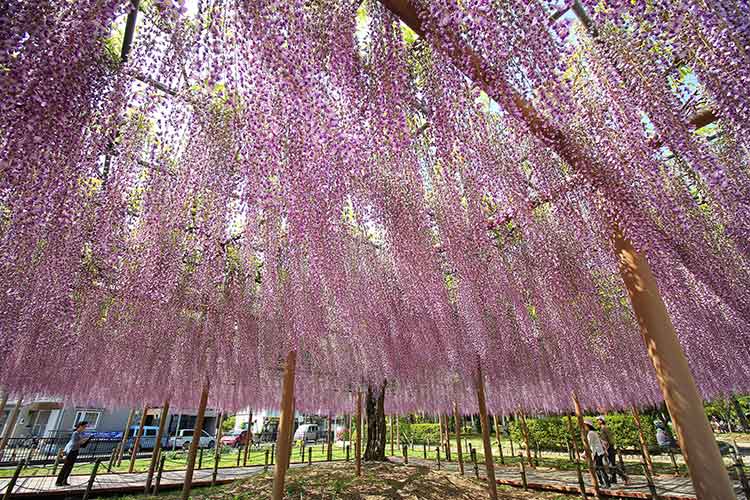
You will have to ride herd over wisteria to make sure it doesn’t pull down your structure with its sinewy roots, but it’s worth it for the romantic clusters of white or purple blossoms with their sweet perfume.
Clematis
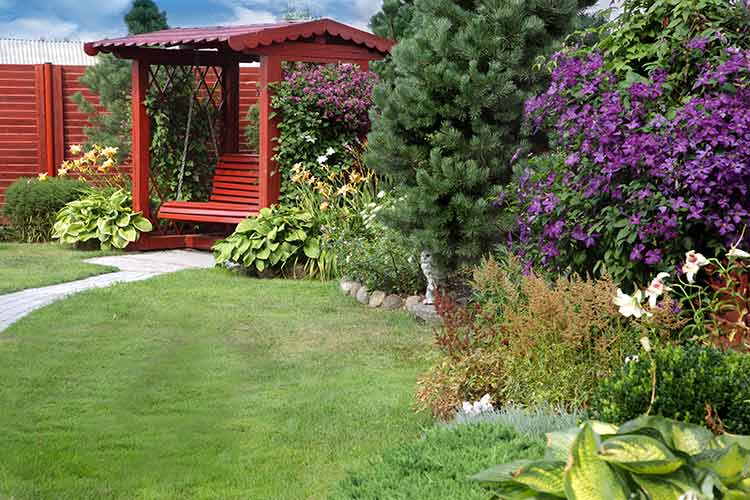
This vigorous vine produces gorgeous, exotic-looking blossoms in rich colors like purple, scarlet and pink.
Morning glories
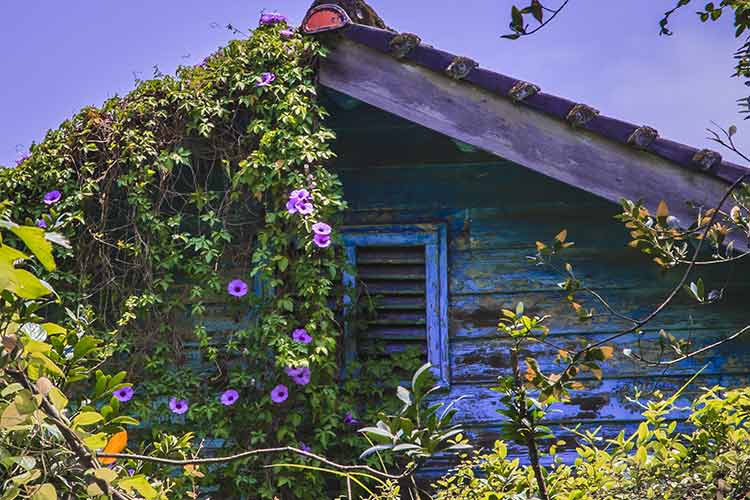
Around arbors or smaller pergolas, mix vibrant purple or blue morning glories with low-growing beds of hot-colored nasturtiums for old-fashioned charm and color. Note that both of these flowers are annuals, meant to last only a season.
Learn something new? Want to pass an idea to a friend?
Share the knowledge with your network! ![]()

